Kevala Kumbhaka
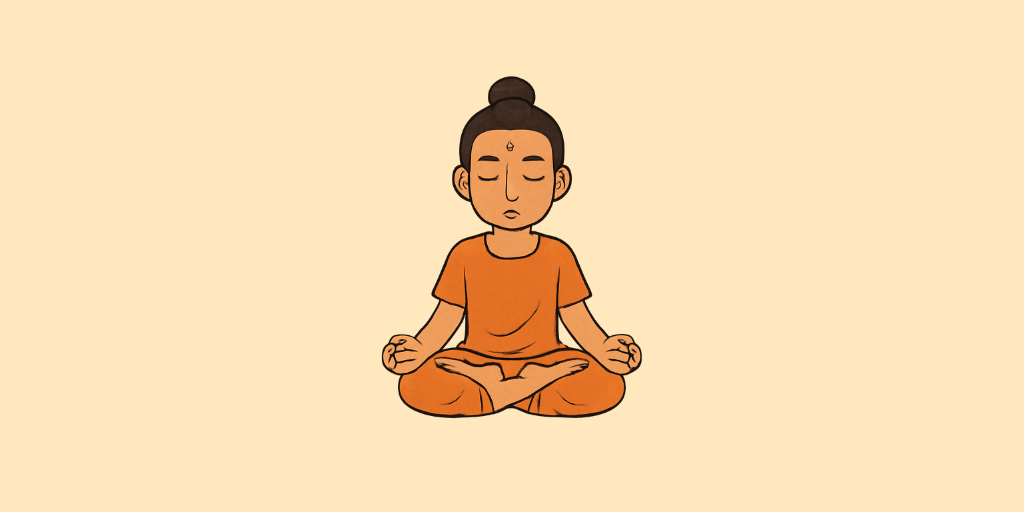
Sanskrit name: केवल कुम्भक English name: Kevala Kumbhaka Description: The Sanskrit term Kevala Kumbhaka comes from “Kevala” (absolute, pure) and “Kumbhak” (breath retention), meaning spontaneous or effortless breath retention without inhalation or exhalation. It is considered the highest form of Pranayama (yogic breath control), where the breath naturally pauses, leading to a deep state of […]
Bahya Kumbhaka
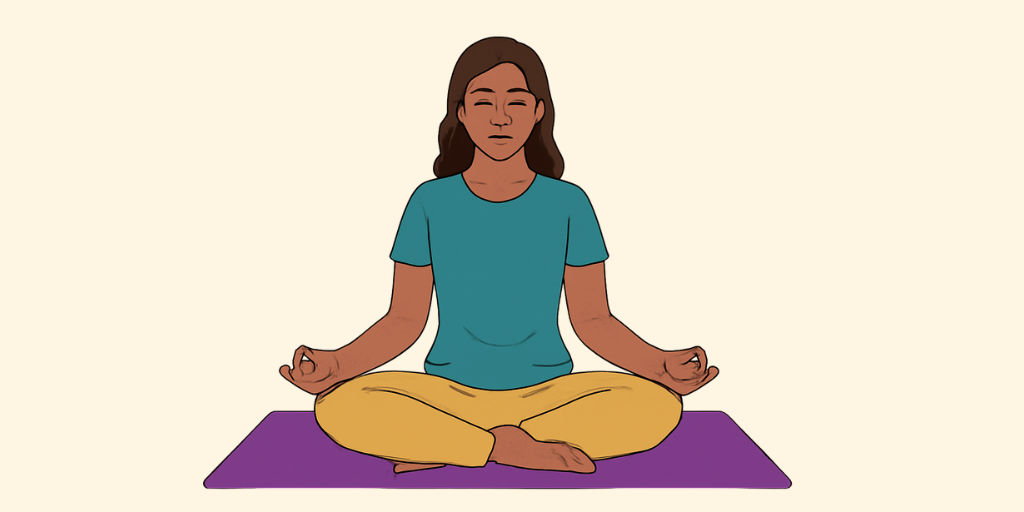
Sanskrit Name: बाह्य कुम्भक English Name: External Retention Description: The Sanskrit term Bahya Kumbhaka is derived from “Bahya” (external) and “Kumbhak” (breath retention), meaning holding the breath after exhalation in Pranayama (yogic breath control). This advanced technique helps regulate prana (life force energy) by momentarily suspending the breath after a full exhalation, promoting deep relaxation, […]
Antar Kumbhaka
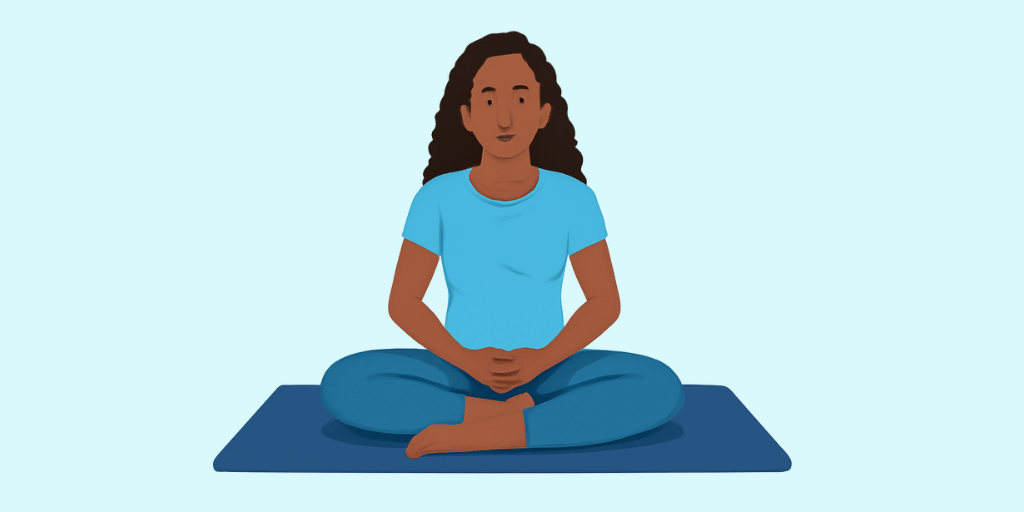
Sanskrit Name: अन्तर कुम्भक English Name: Internal Breath Retention Description: The Sanskrit term Antar Kumbhak (अन्तर कुम्भक) is derived from “Antar” (internal) and “Kumbhak” (breath retention), meaning the holding of breath after inhalation in Pranayama (yogic breath control). This technique is a key element in breath mastery, helping regulate prana (life force) and deepen mental […]
Kumbhak
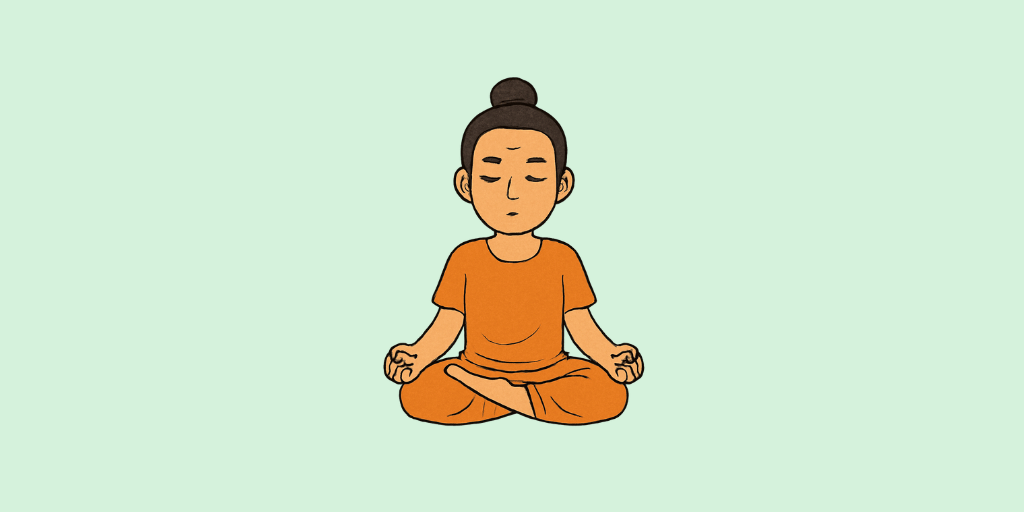
Sanskrit Name: कुम्भक English Name: Kumbhaka Description: The Sanskrit word Kumbhak comes from “Kumbha”, meaning “pot” or “vessel,” symbolizing the lungs as a container for prana (life force). In Pranayama (yogic breath control), Kumbhak refers to breath retention, where air is consciously held after inhalation (Antar Kumbhak) or after exhalation (Bahya Kumbhak). This practice is […]
Bhadrasana

Sanskrit Name: भद्रासन English Name: Gracious Pose Description: Bhadrasana, commonly referred to as the “Gracious Pose” or “Pose of the Good,” derives its name from the Sanskrit term Bhadra (भद्र), which translates to “good,” “auspicious,” or “gracious,” and Asana (आसन), meaning “pose” or “seat.” Therefore, Bhadrasana can be interpreted as “the good pose” or “the […]
Jeshthikasana
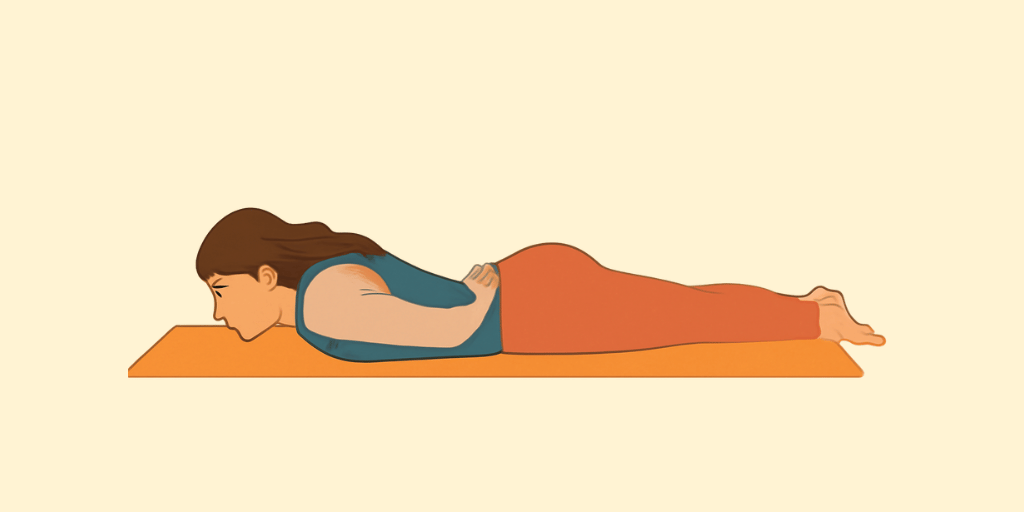
Sanskrit Name: जेष्ठिकासन English Name: Superior Pose Description: Jeshthikasana is a yoga posture that is not typically referenced in classical yoga literature. Its name suggests it may be a modern adaptation or variation of a traditional pose. The term “Jeshthikasana” is derived from two Sanskrit words: “Jeshthi” (ज्येष्ठि), meaning “elder” or “senior,” which often implies […]
Adhvasana

Sanskrit Name: अध्वासन English Name: Reverse Corse Pose Description: Adhvasana can be described as the “pose of the path” or “pose of the journey.” It embodies the concept of movement and advancement, both in physical yoga practice and metaphorically in life. This pose signifies the process of progressing forward, providing a sense of direction and […]
Urdhavapadasana
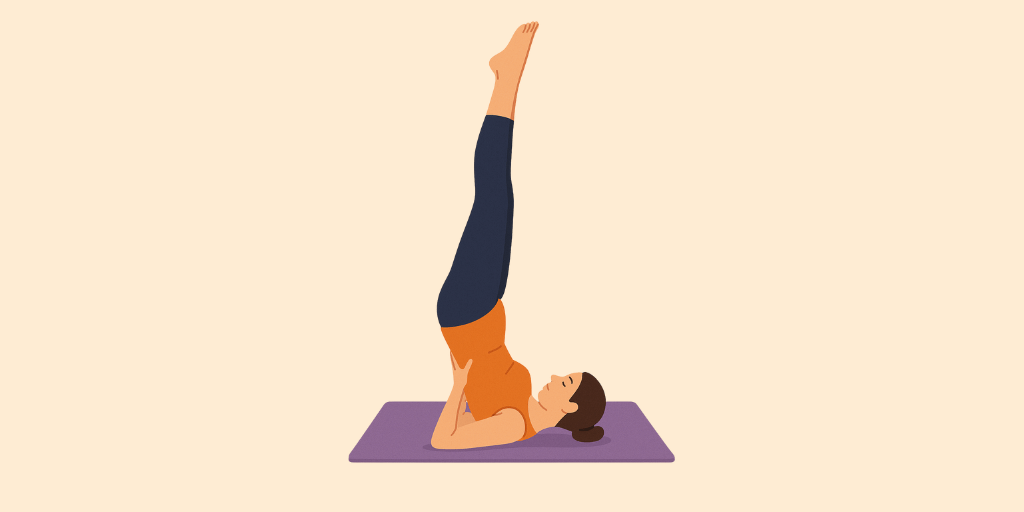
Sanskrit Name: उर्ध्वपादासन English Name: Raised Legs Pose Description: Urdhavapadasana is a yoga position whose name originates from Sanskrit. The term “Urdhva” translates to “upward” or “raised,” “pada” means “foot” or “leg,” and “asana” signifies “pose” or “seat.” Thus, Urdhvapadasana can be interpreted as “upward foot pose” or “raised foot pose.” This posture involves elevating […]
Makarasana
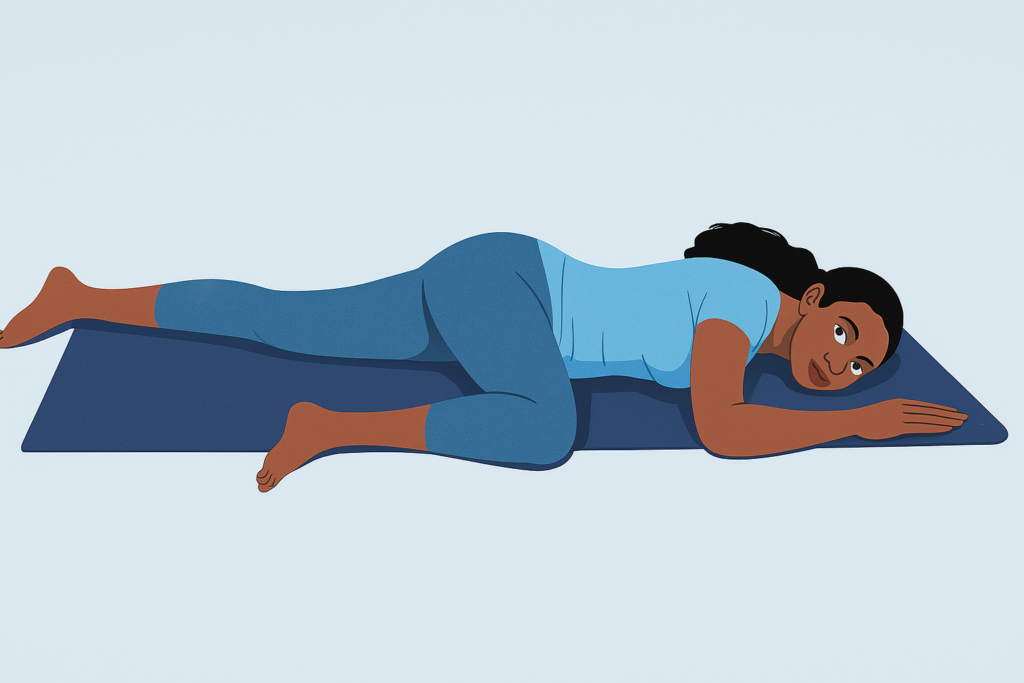
Sanskrit Name: मकरासन English Name: Crocodile Pose Description: Makarasana, derived from the Sanskrit term “Makara” (मकर) meaning “crocodile” and “Asana” (आसन) which translates to “pose” or “seat,” is known as “Crocodile Pose.” This pose resembles a crocodile lying on the ground. It serves as a calming and restorative posture, aimed at soothing both the body […]
Vrischikasana
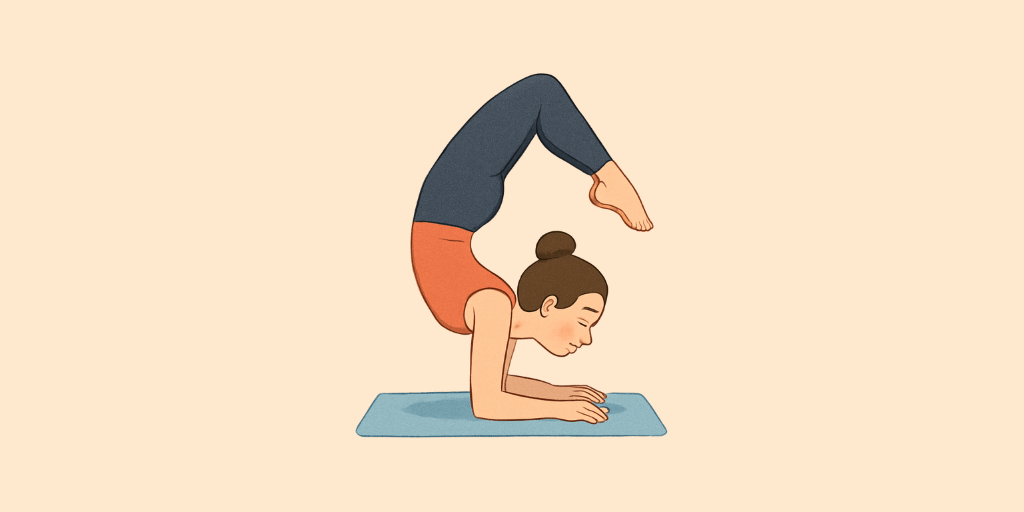
Sanskrit Name: वृश्चिकासन English Name: Scorpion Pose Description: Vrischikasana, commonly referred to as Scorpion Pose, is a visually stunning and demanding yoga position. The term originates from the Sanskrit word Vrischika (वृष्चिक), which translates to “scorpion,” and Asana (आसन), meaning “pose” or “seat.” Thus, Vrischikasana signifies “Scorpion Pose,” as the body’s shape in this position […]
